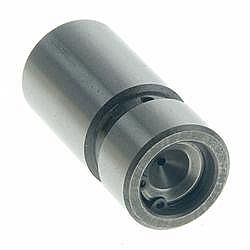So I got a set of hydrolic lifters in a package deal withs some cams and stuff any how there are no retainer clips in them. There are markings in the oil grove Johnson ht2011. I have never seen a hyd lifter without the clips so my question is is this normal or did someone remove the clips. I have sum used junk lifters that I could pull the clips from and the lifter body has a groove that the clip could go in.
Lifters look new so I'm going to use them on a used cam I have here in a extreme low dollar 360.
Lifters look new so I'm going to use them on a used cam I have here in a extreme low dollar 360.



















